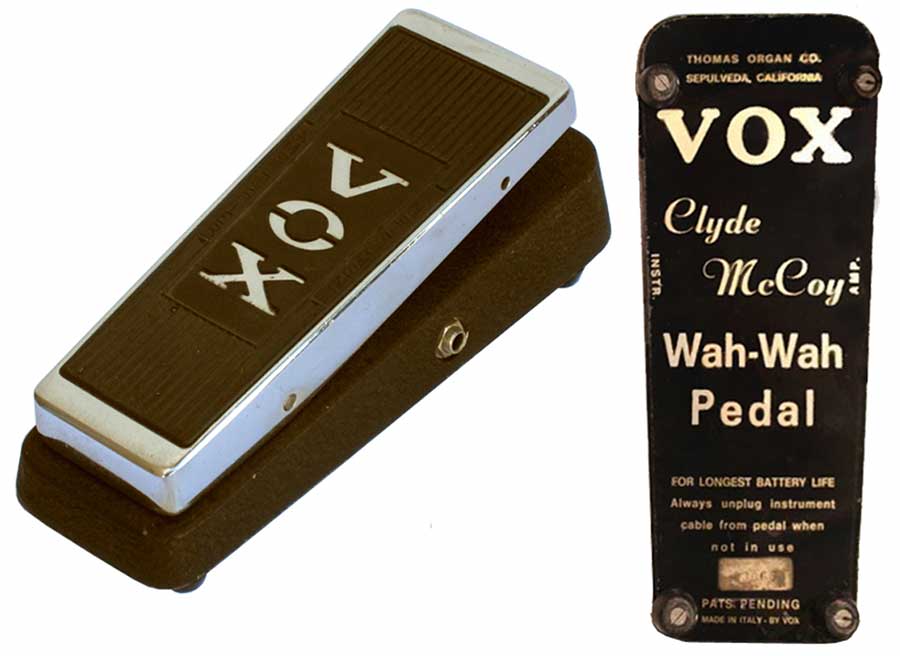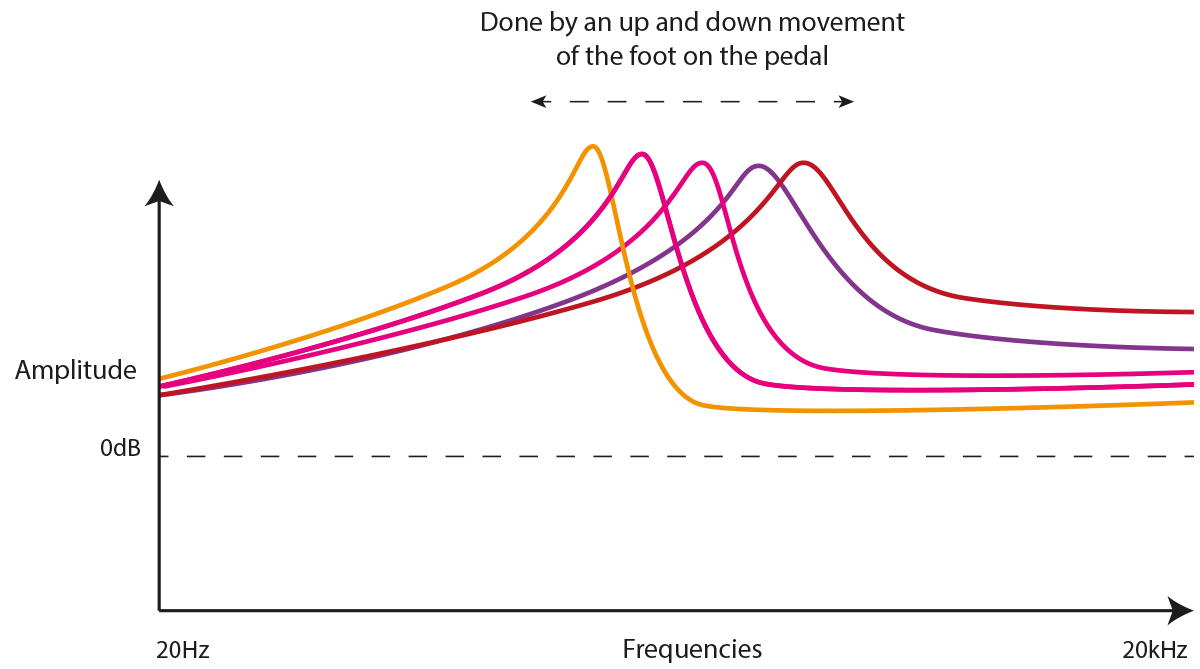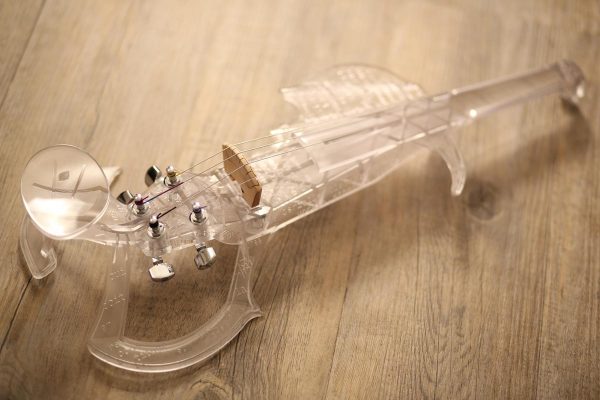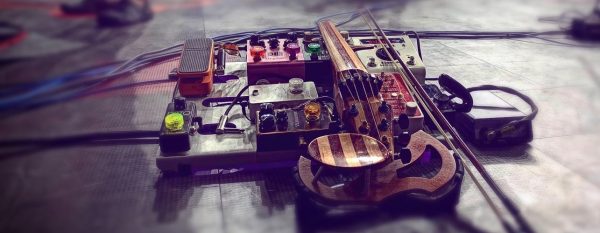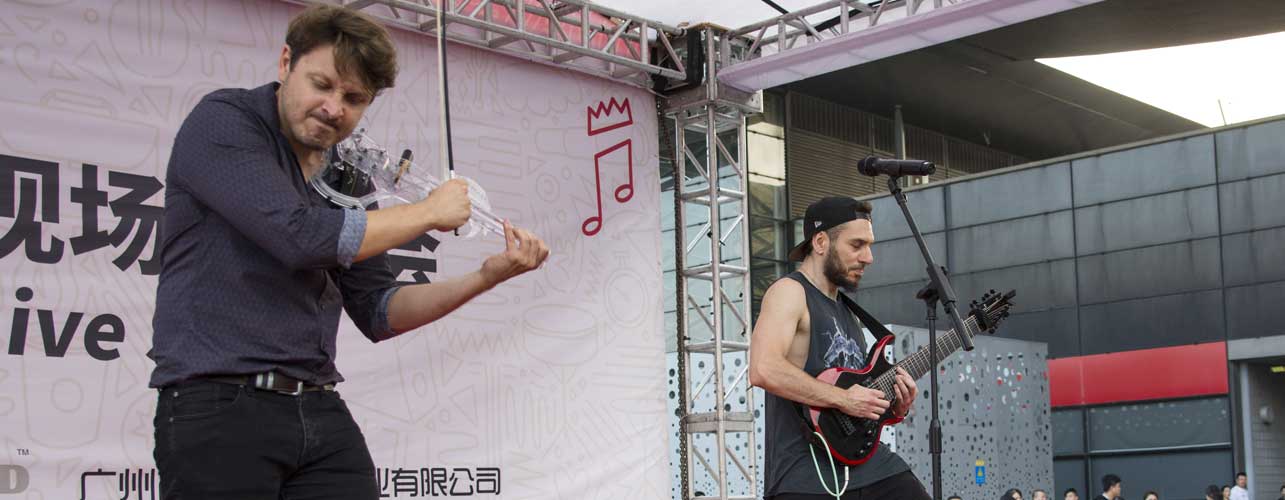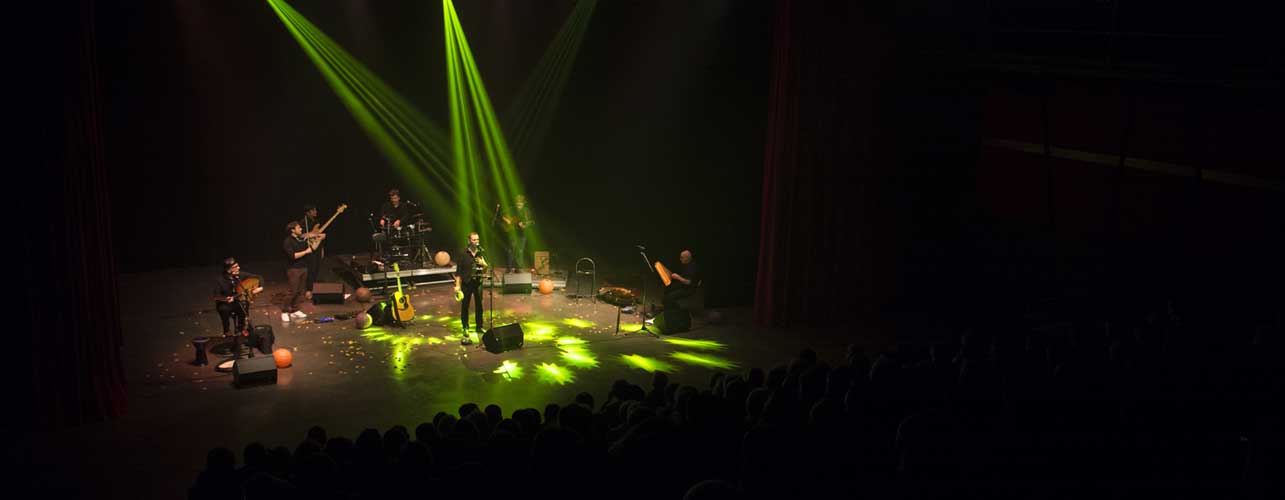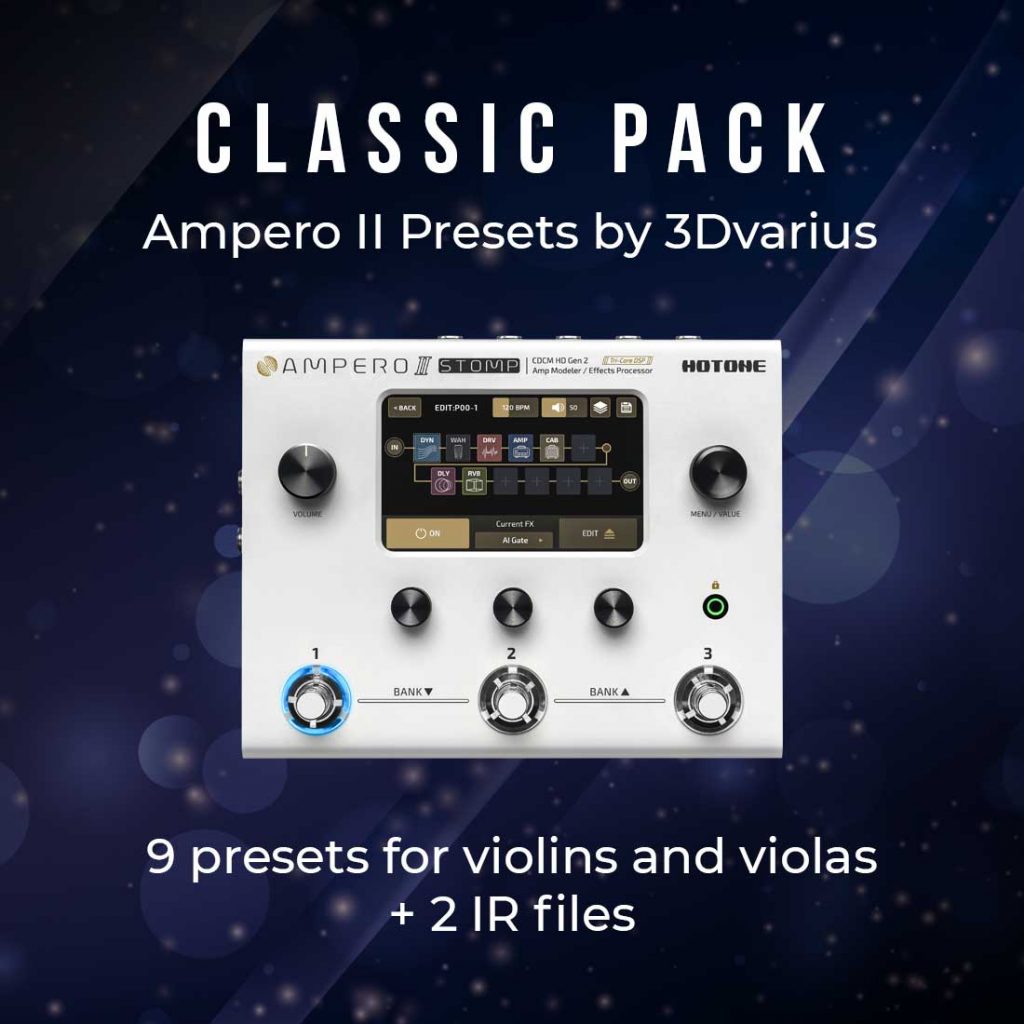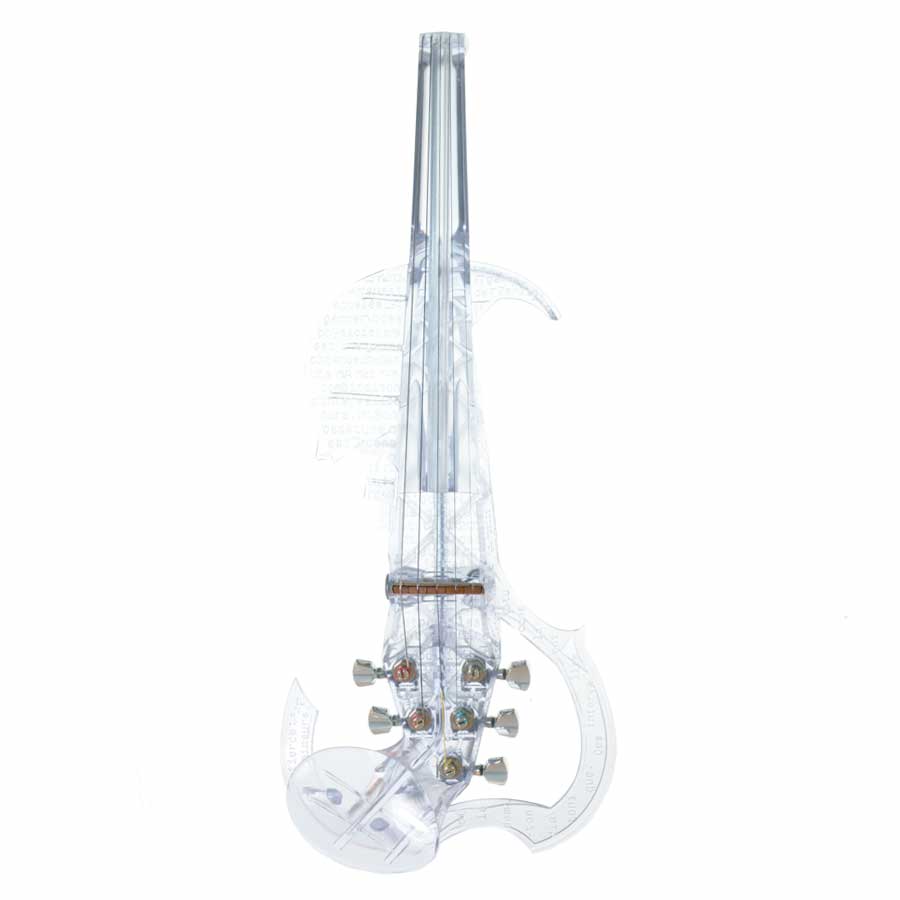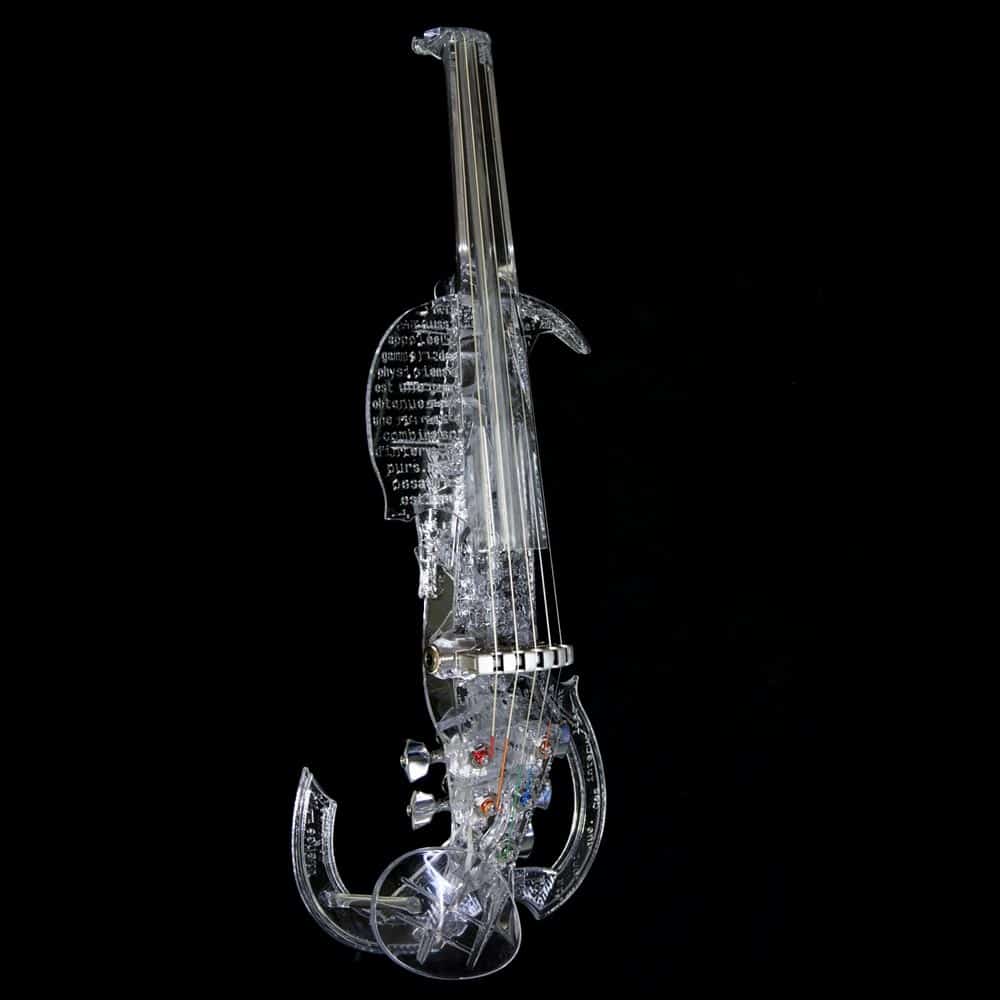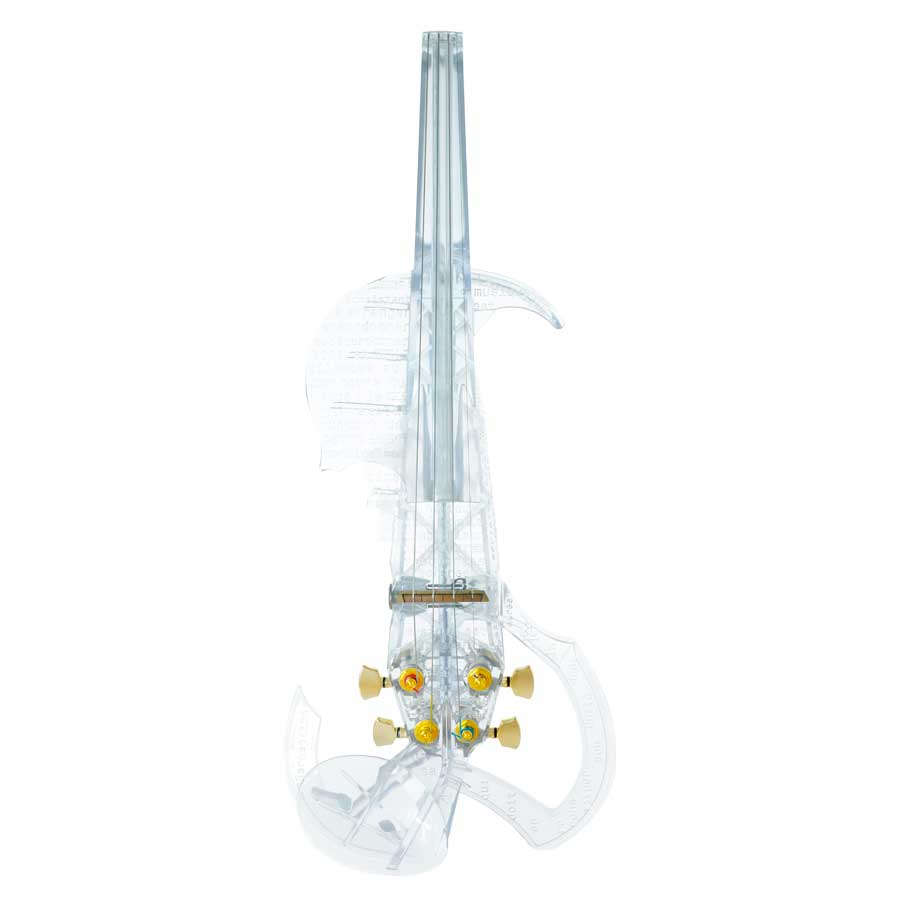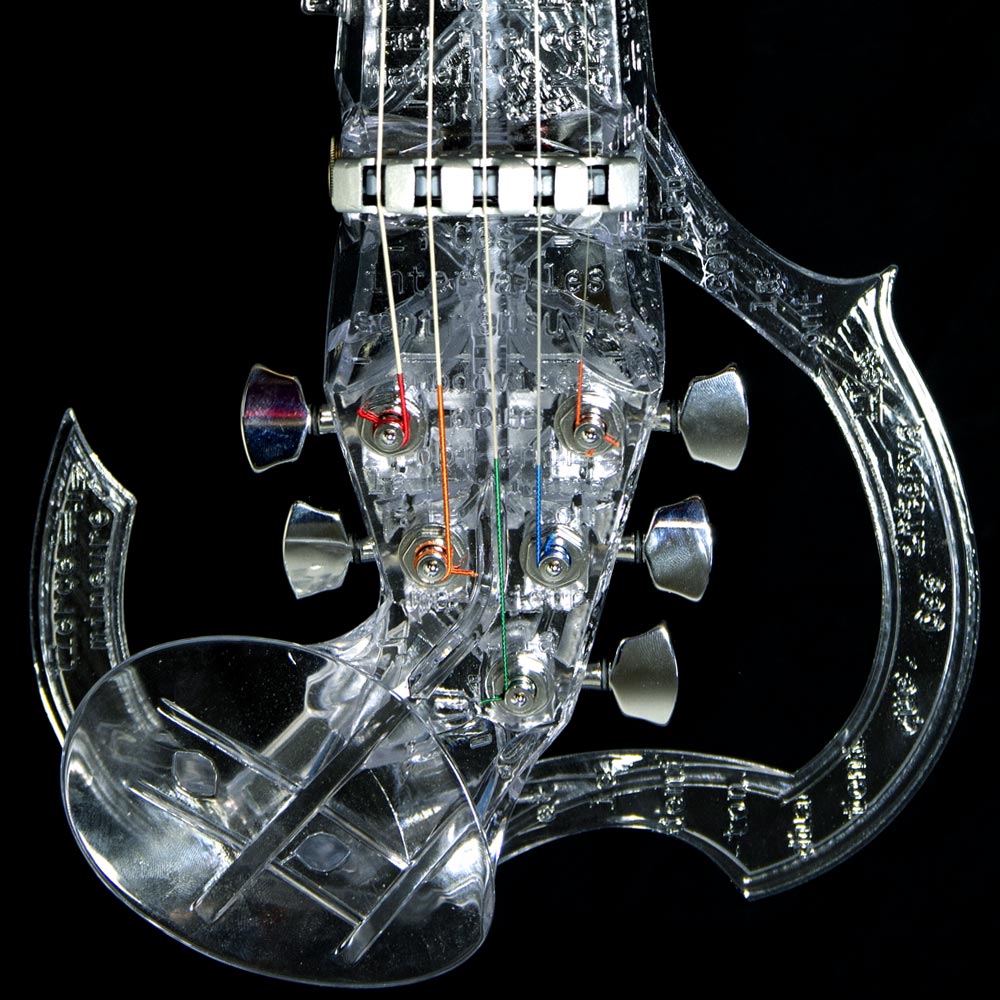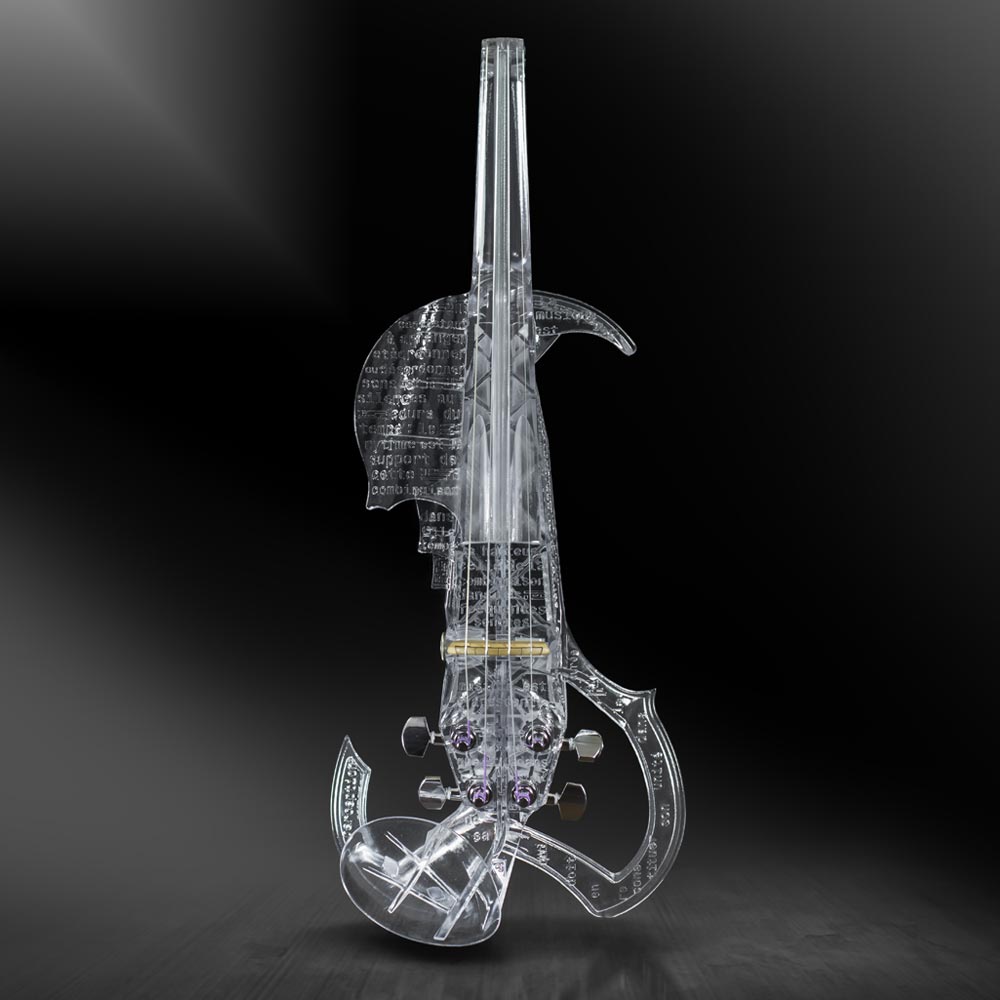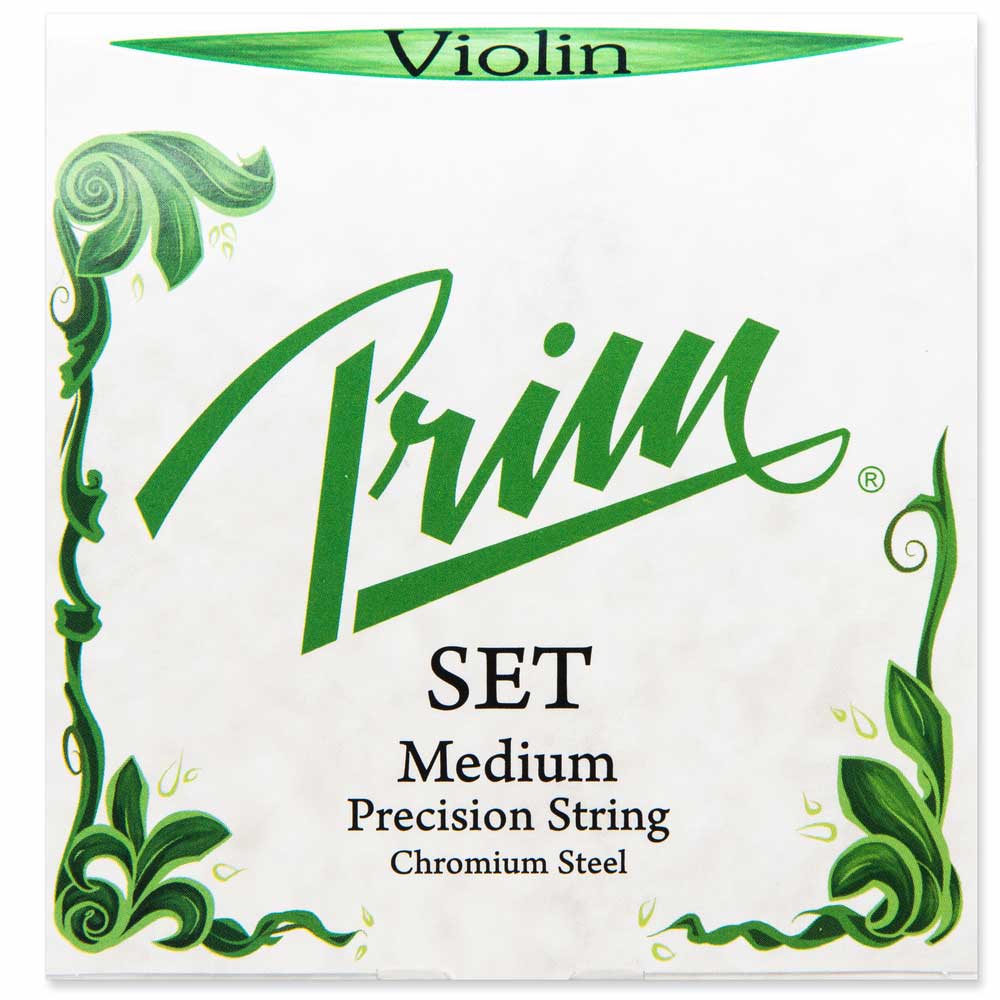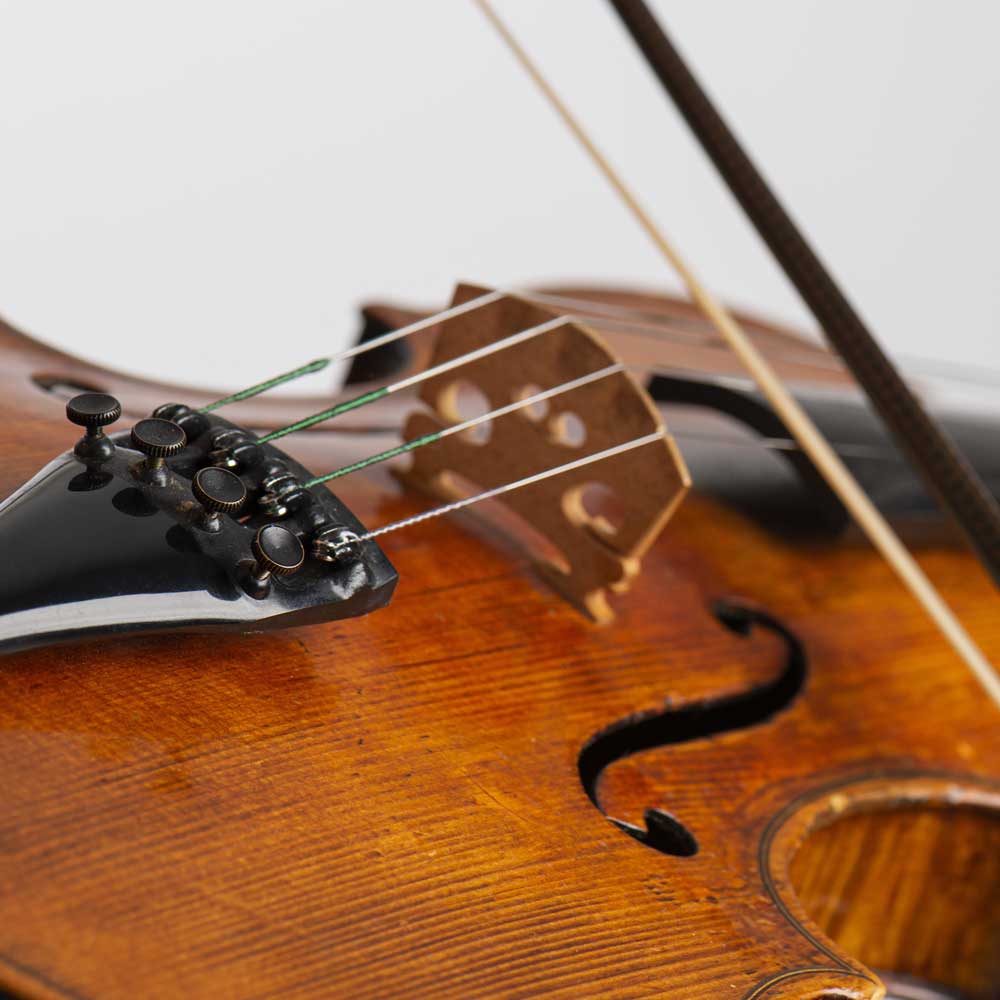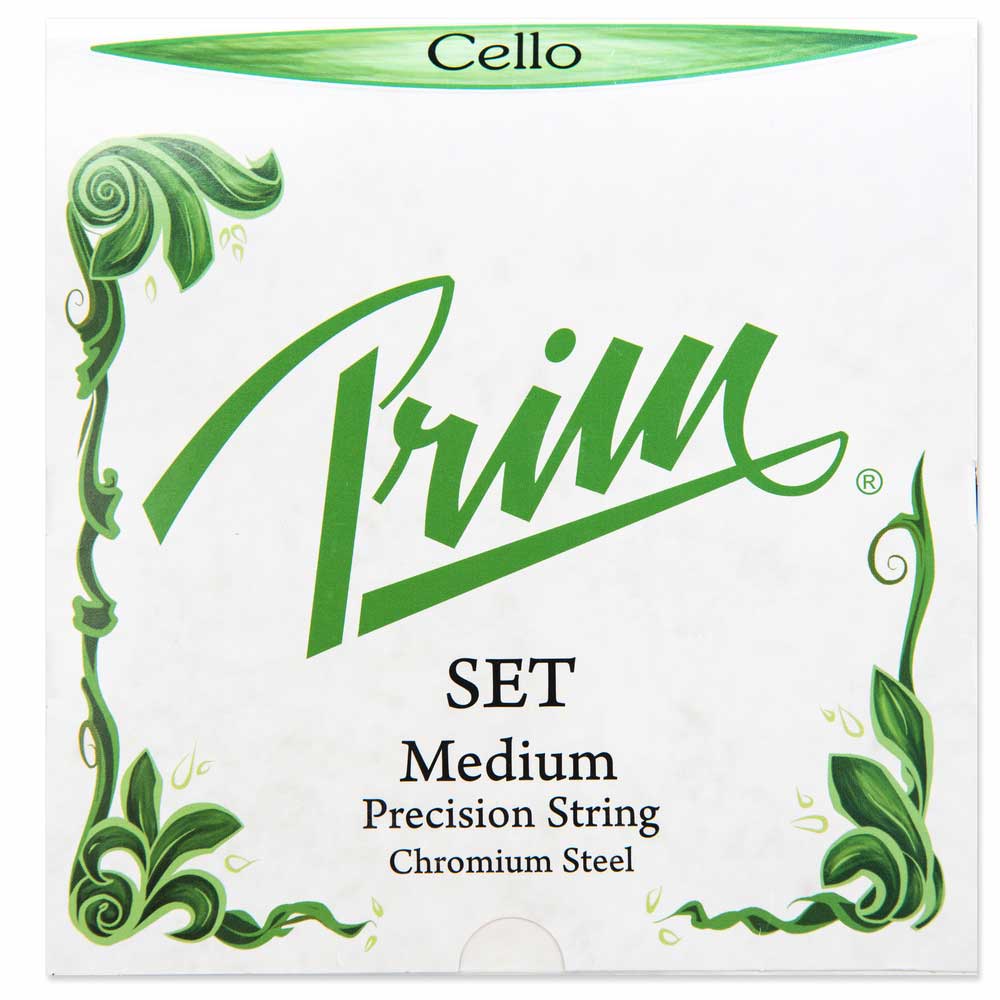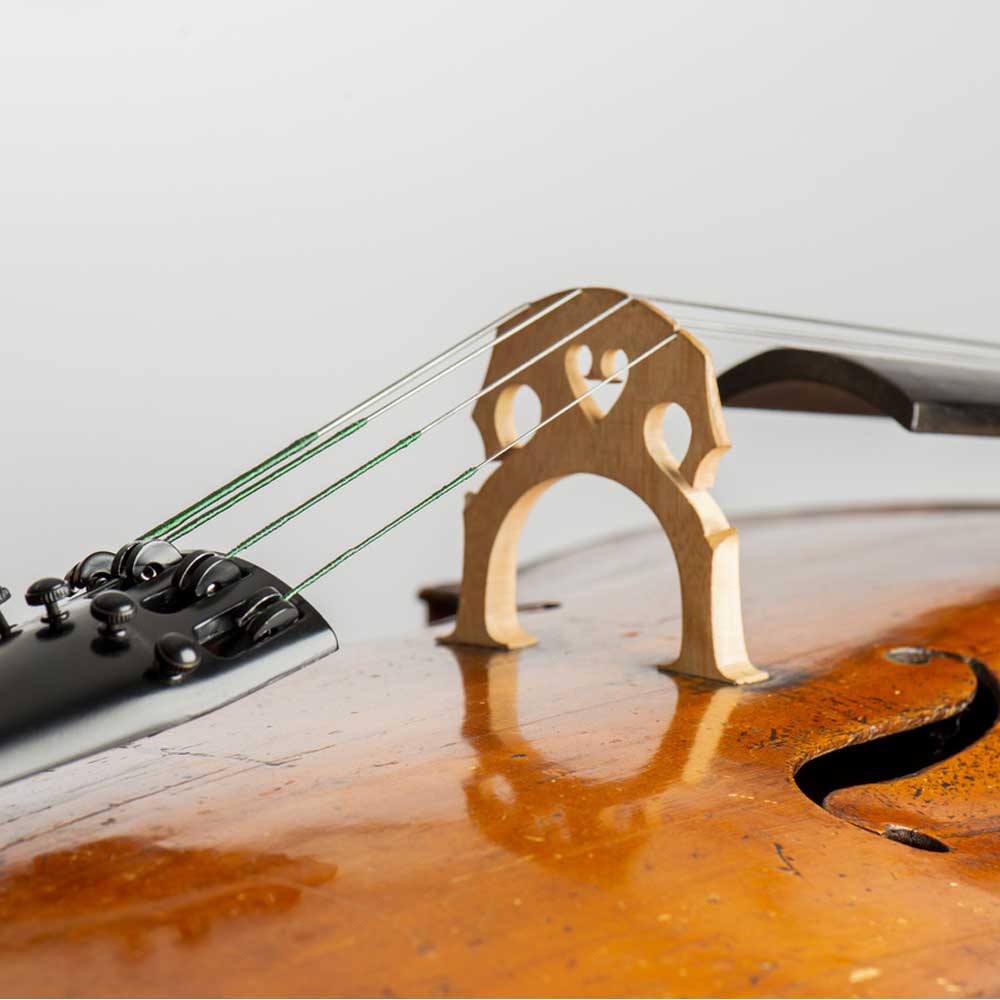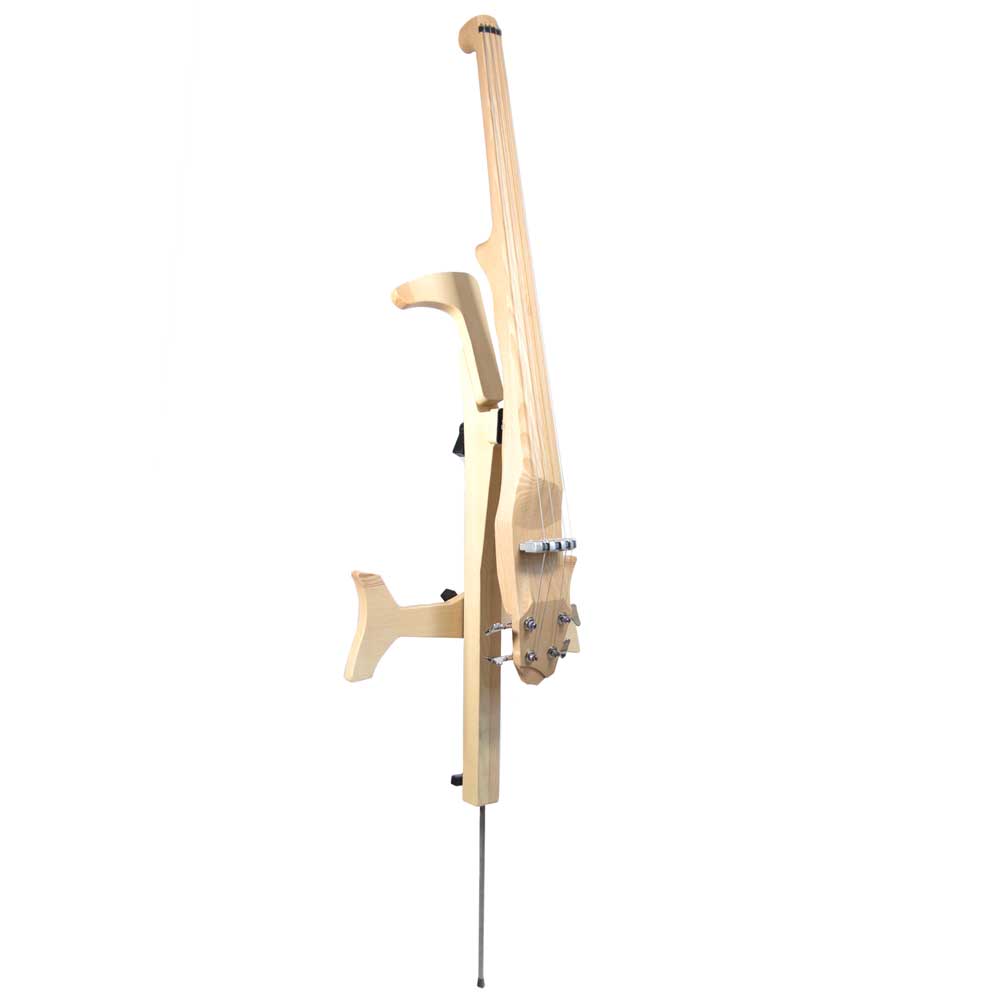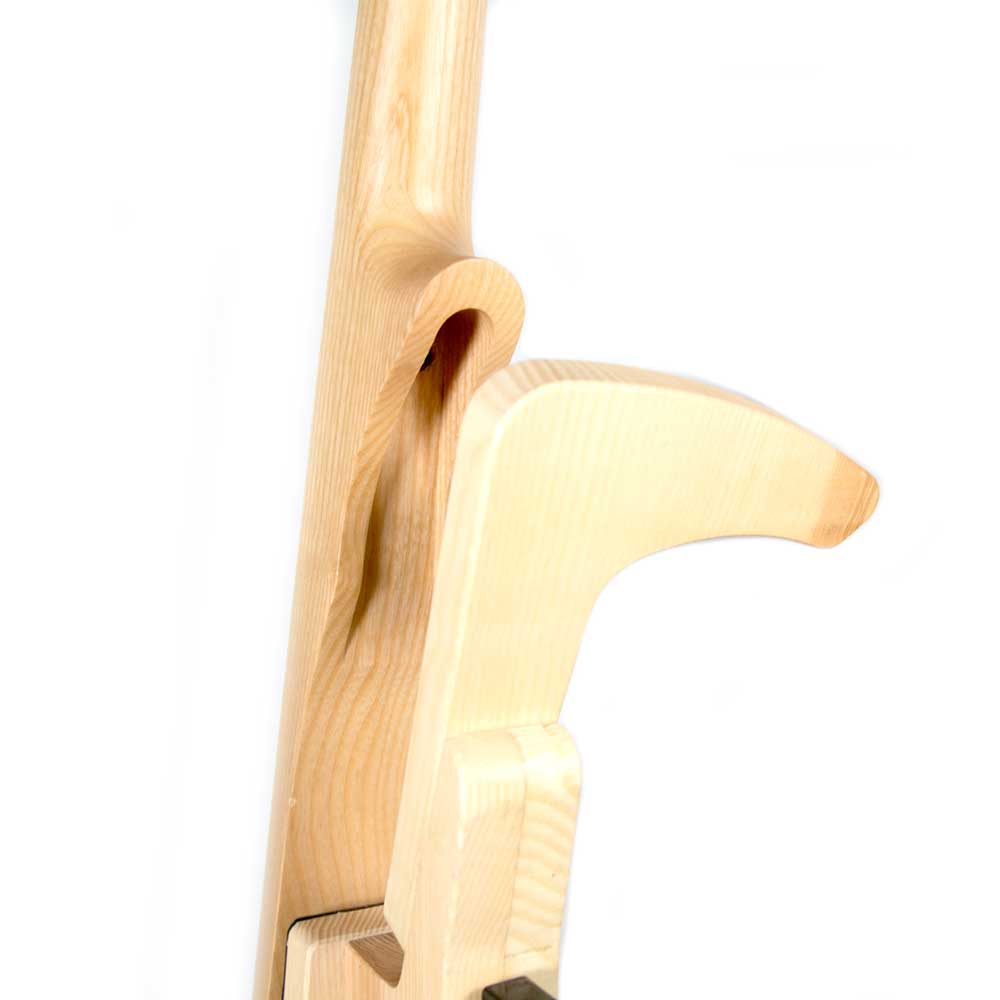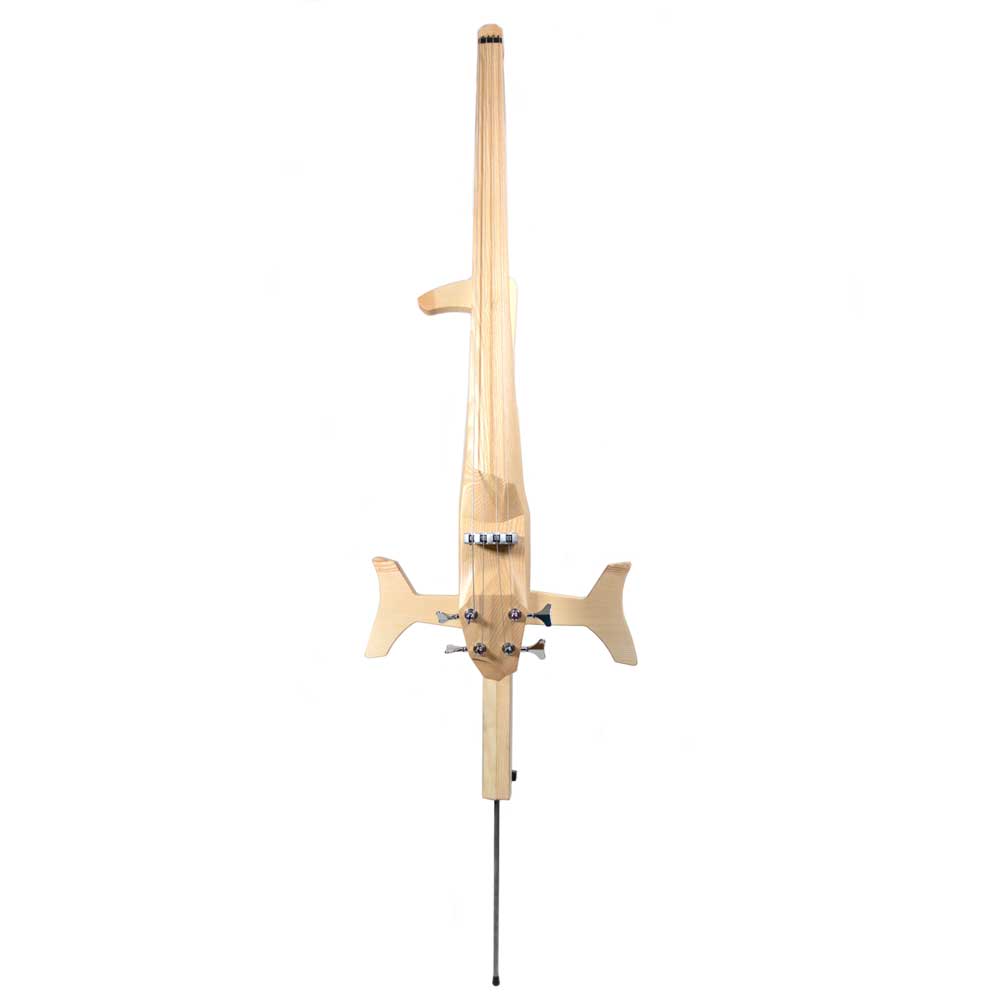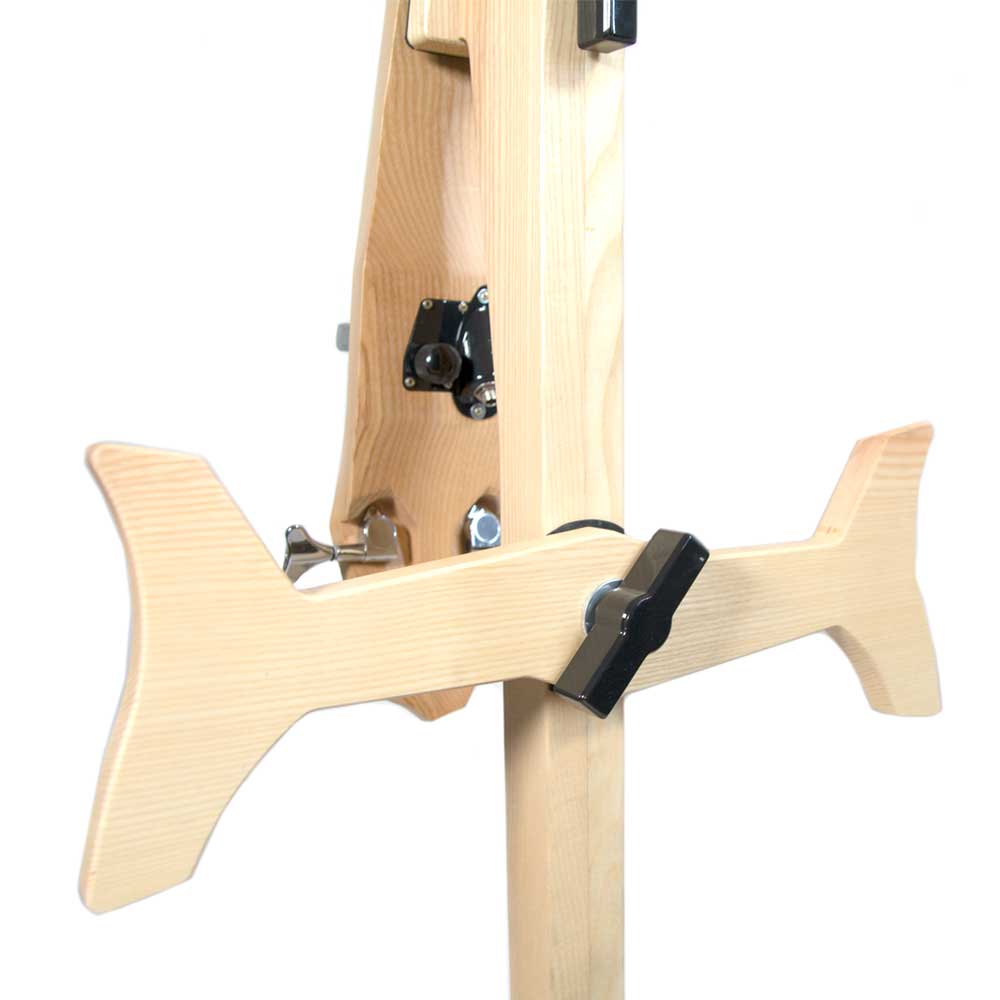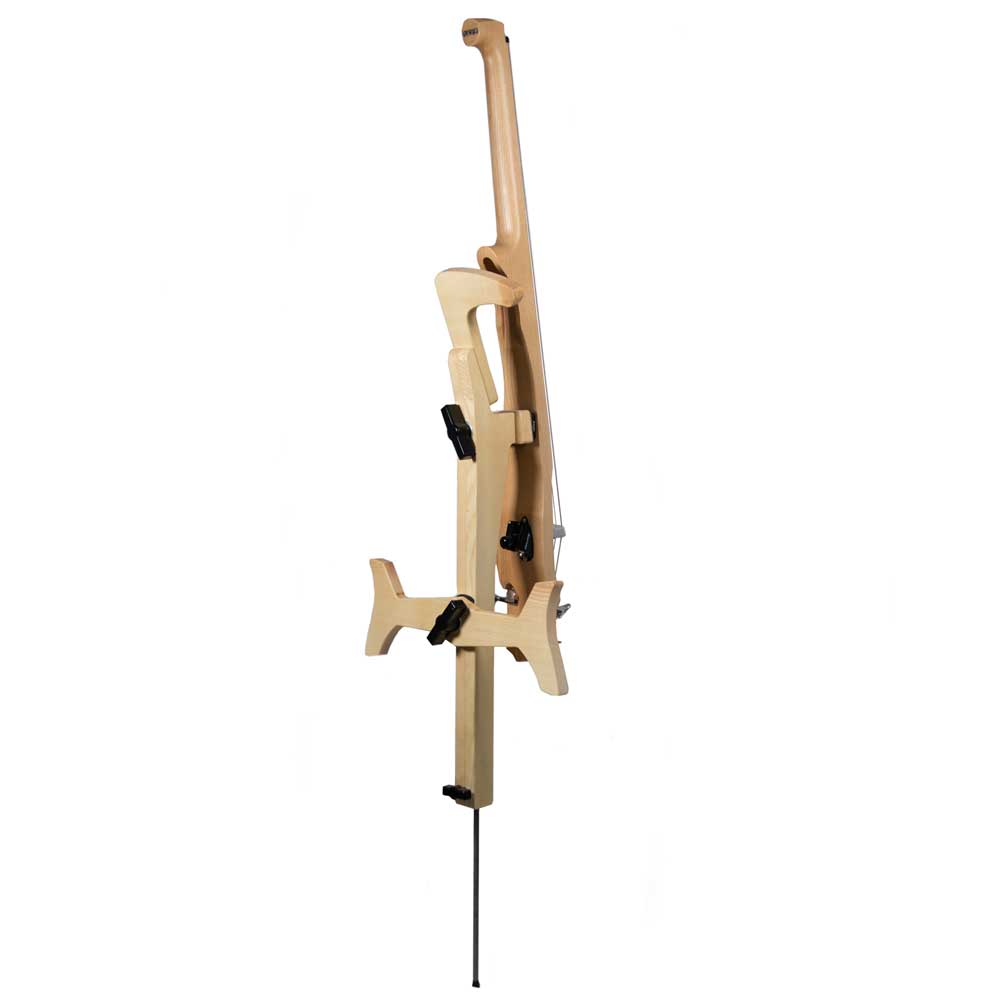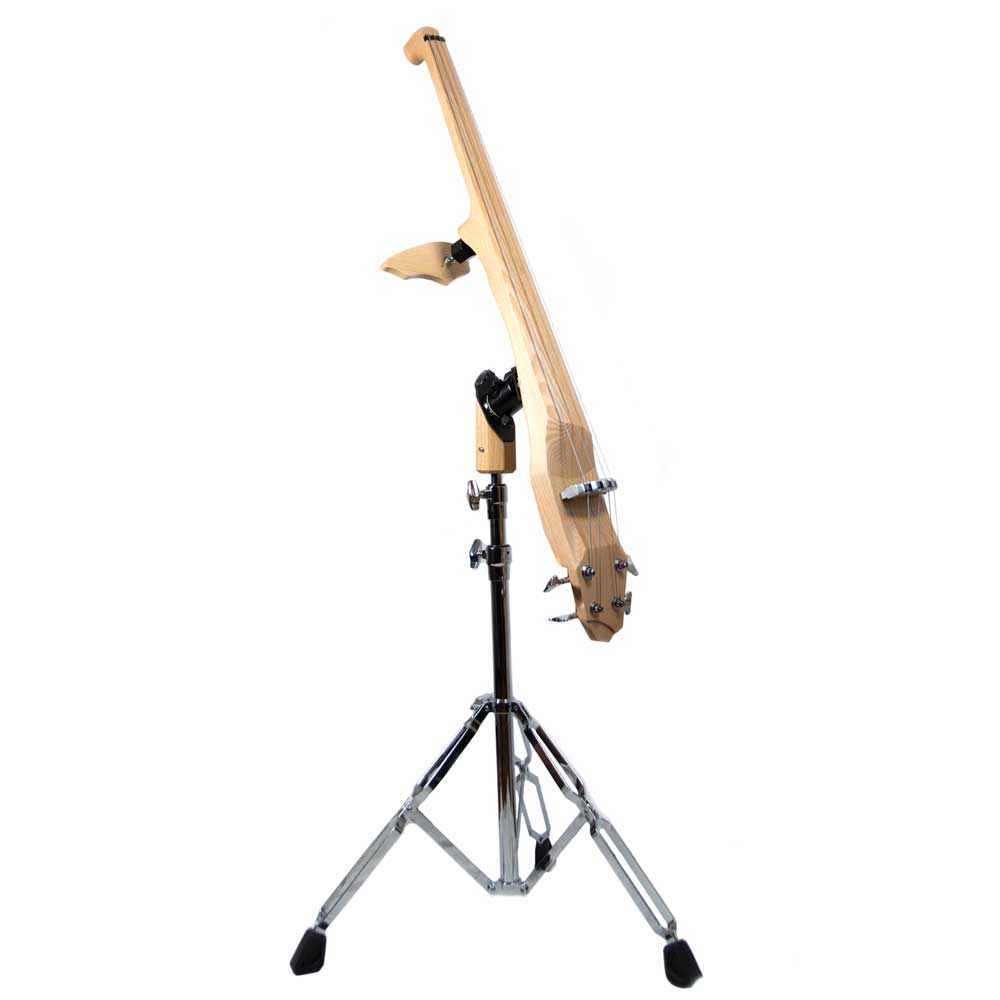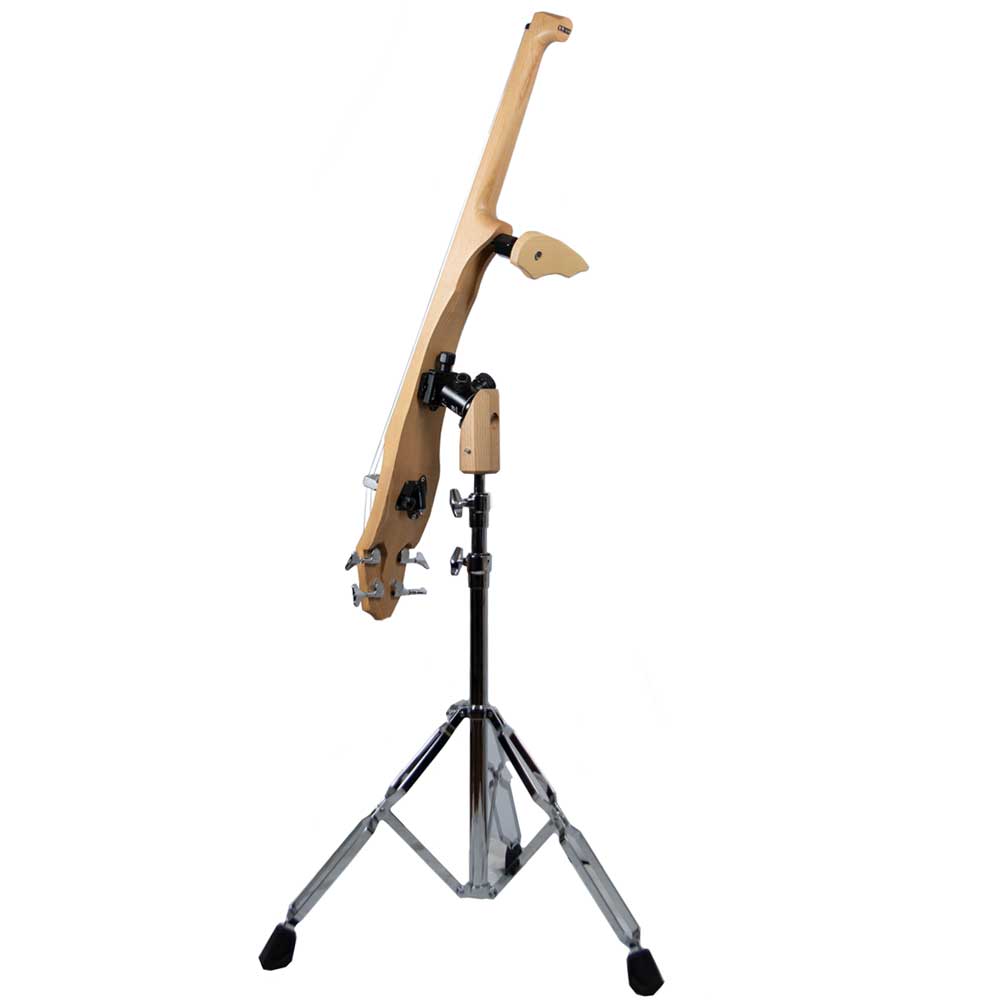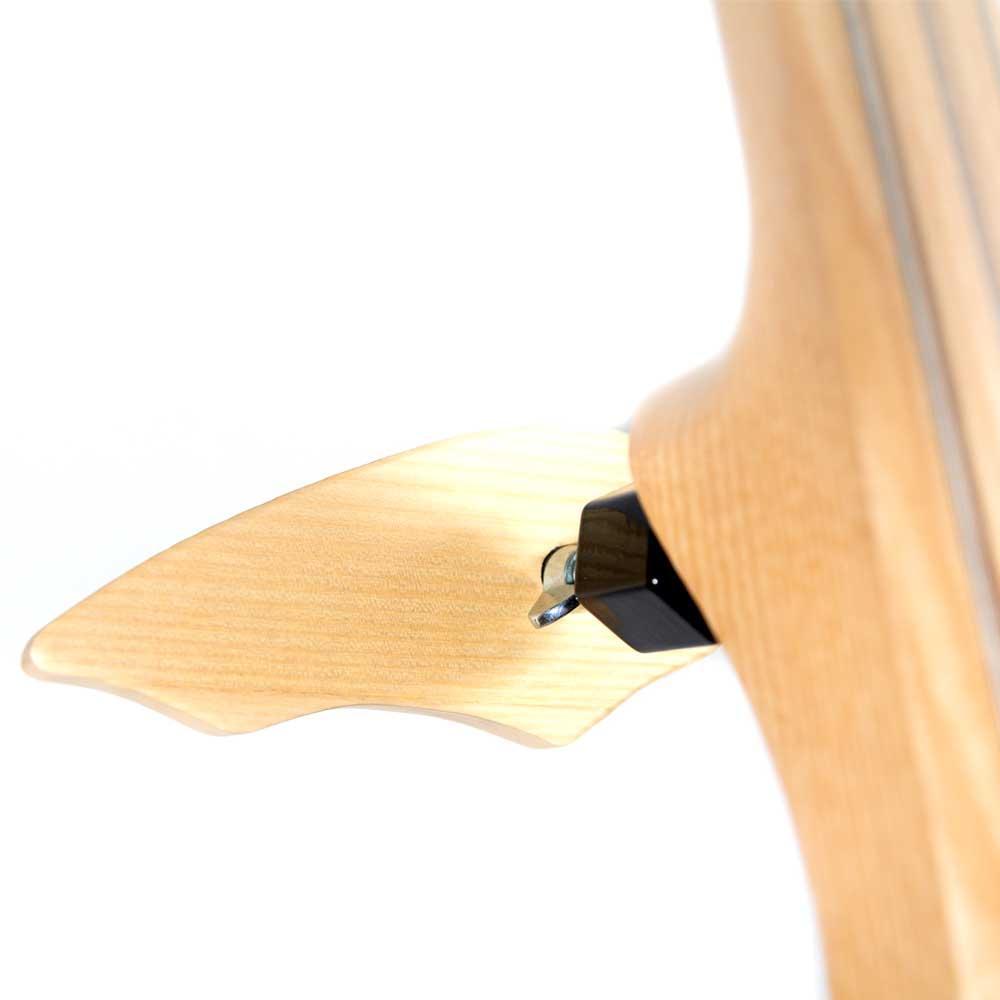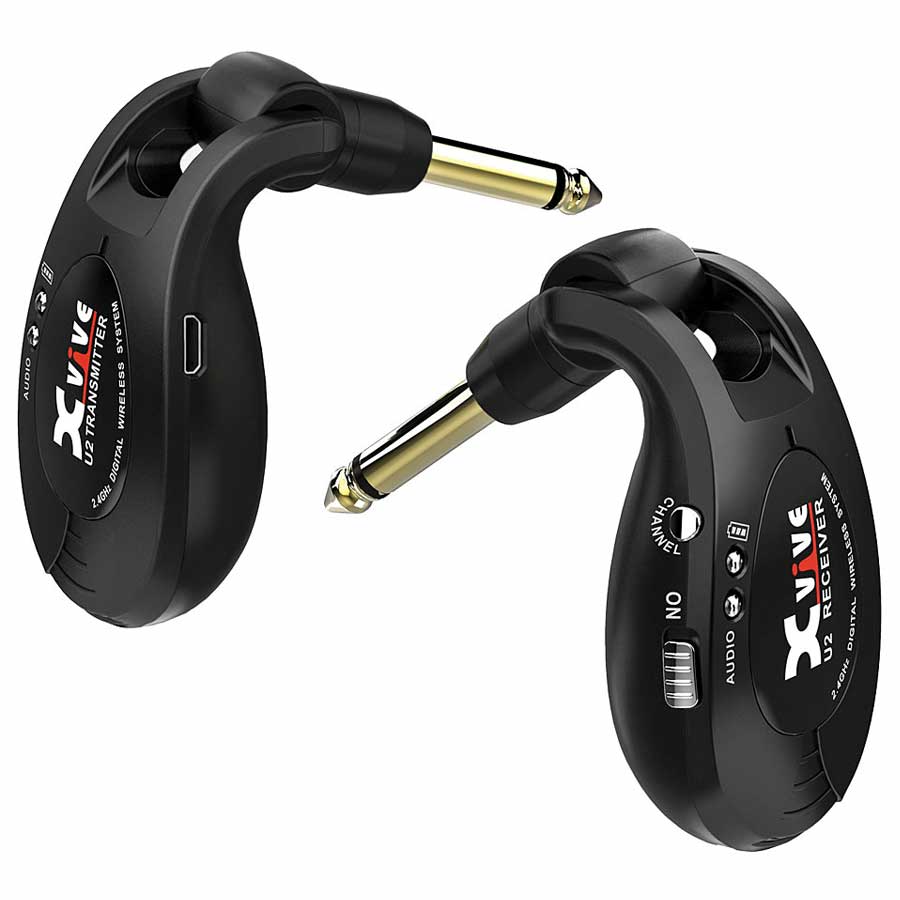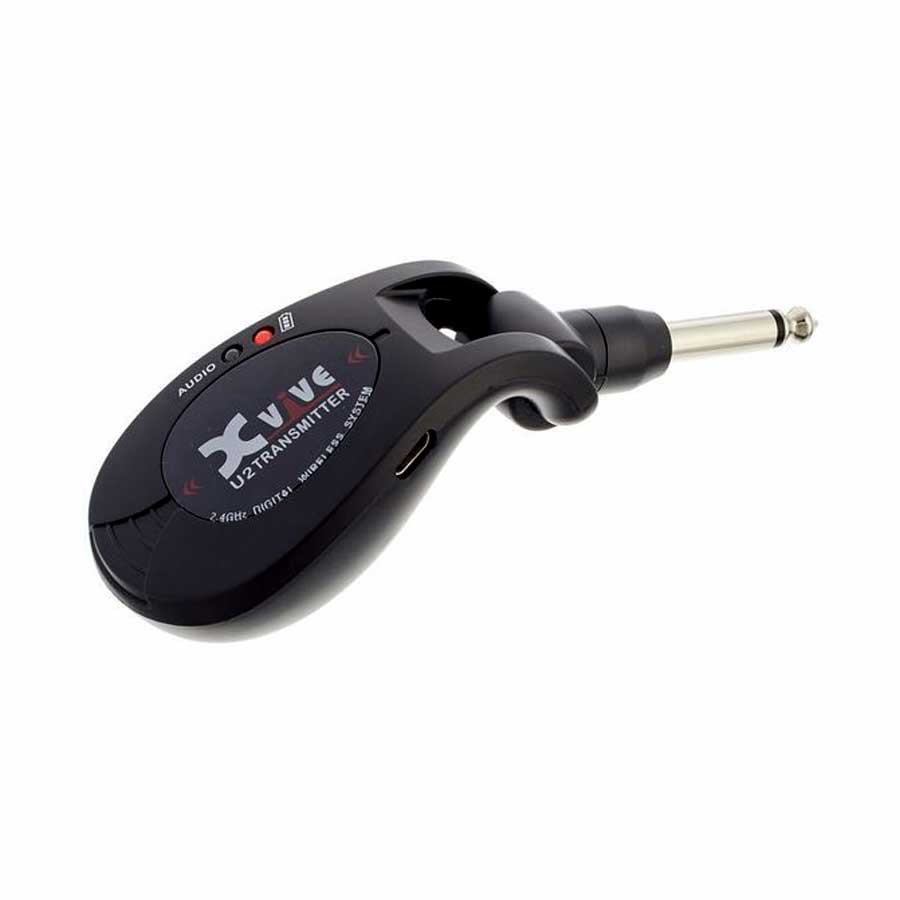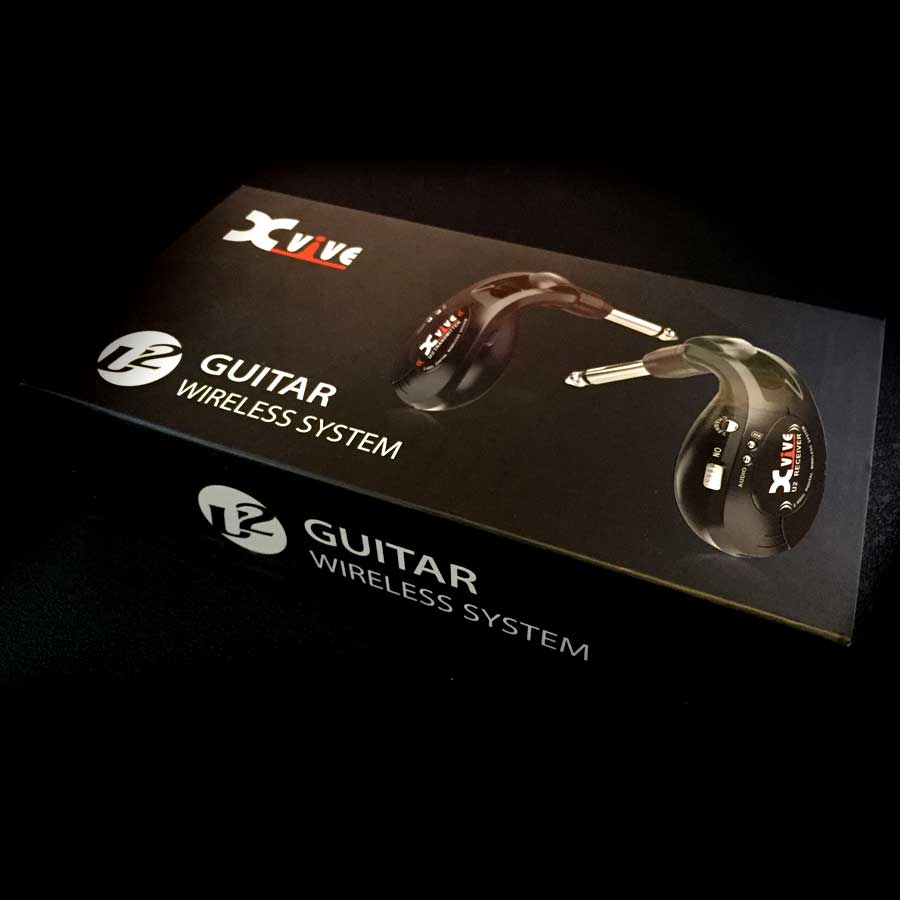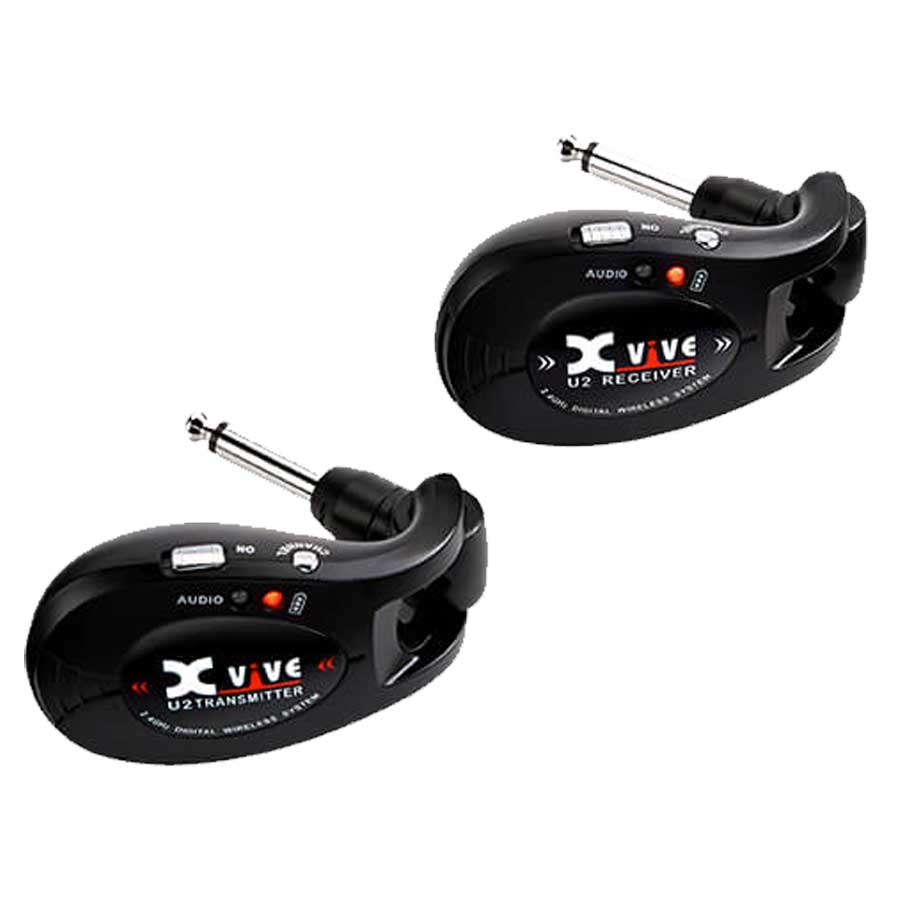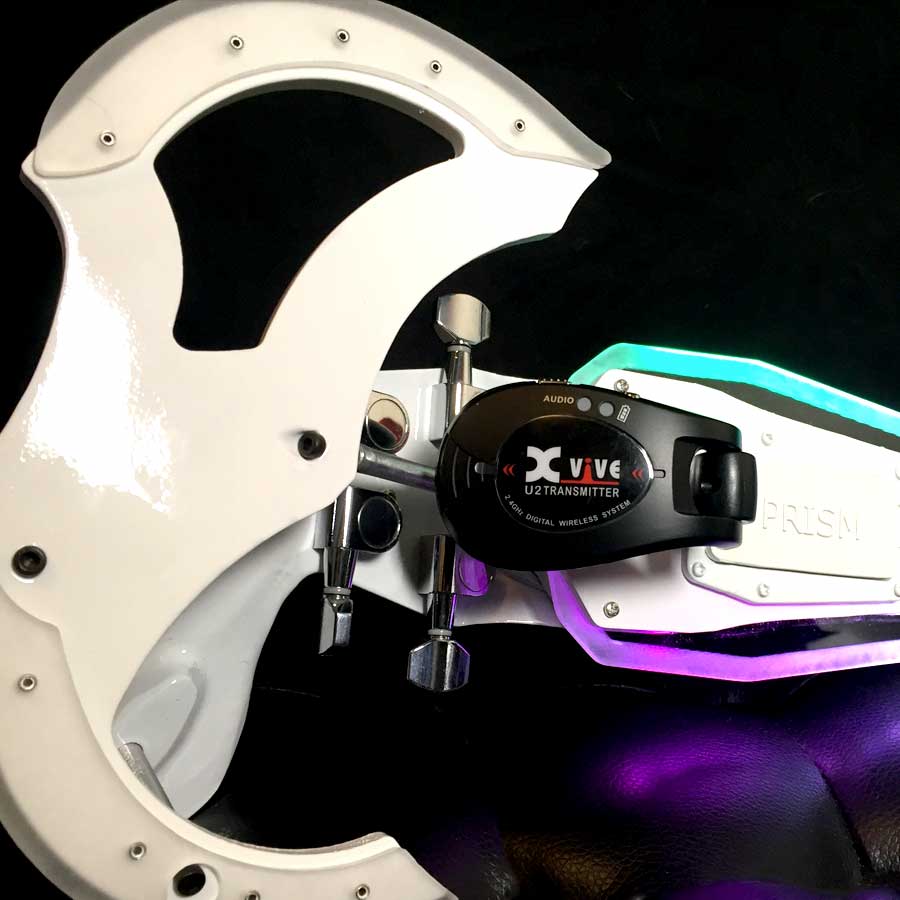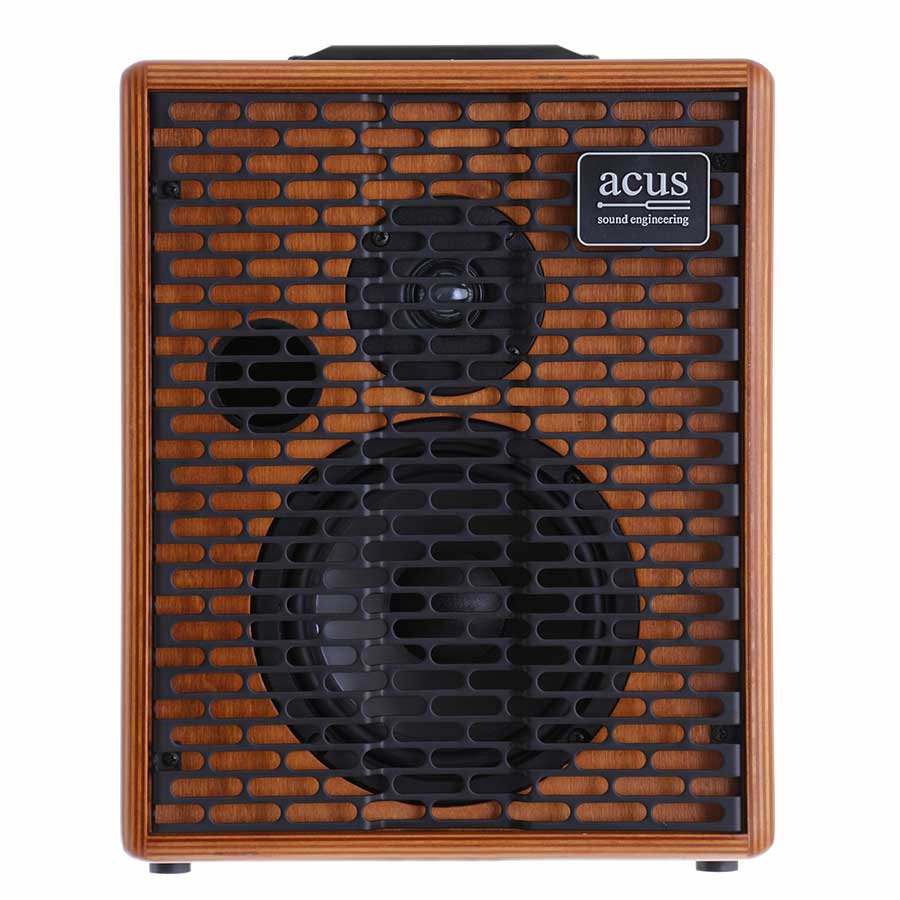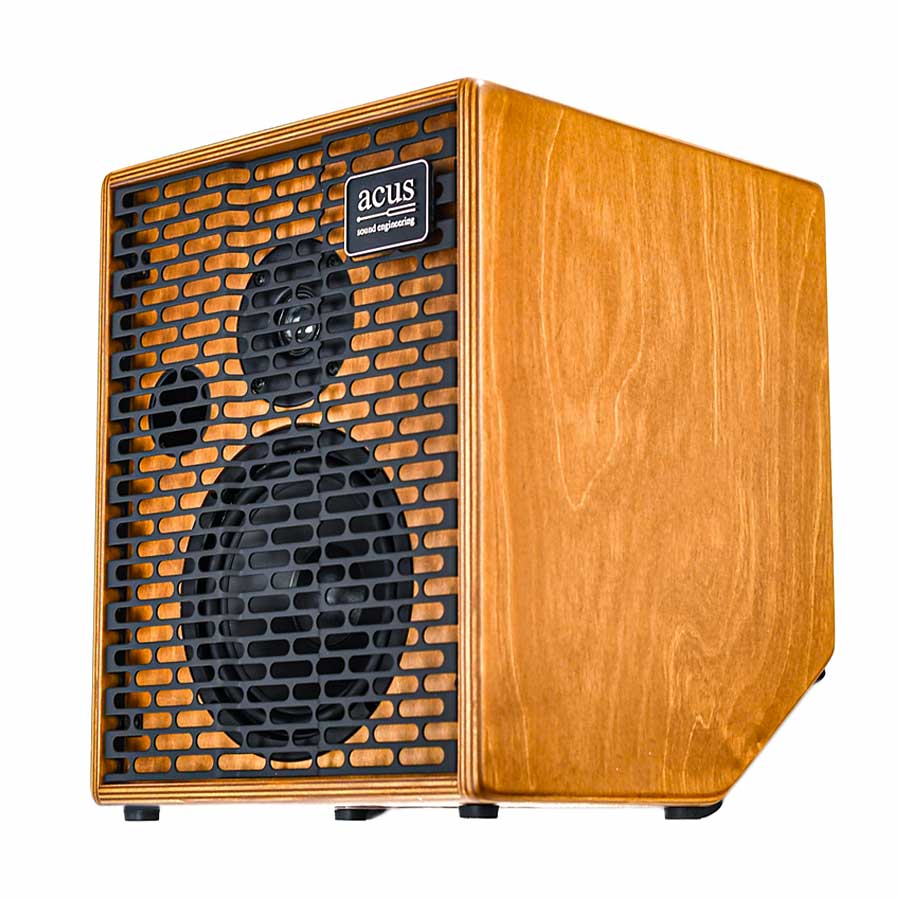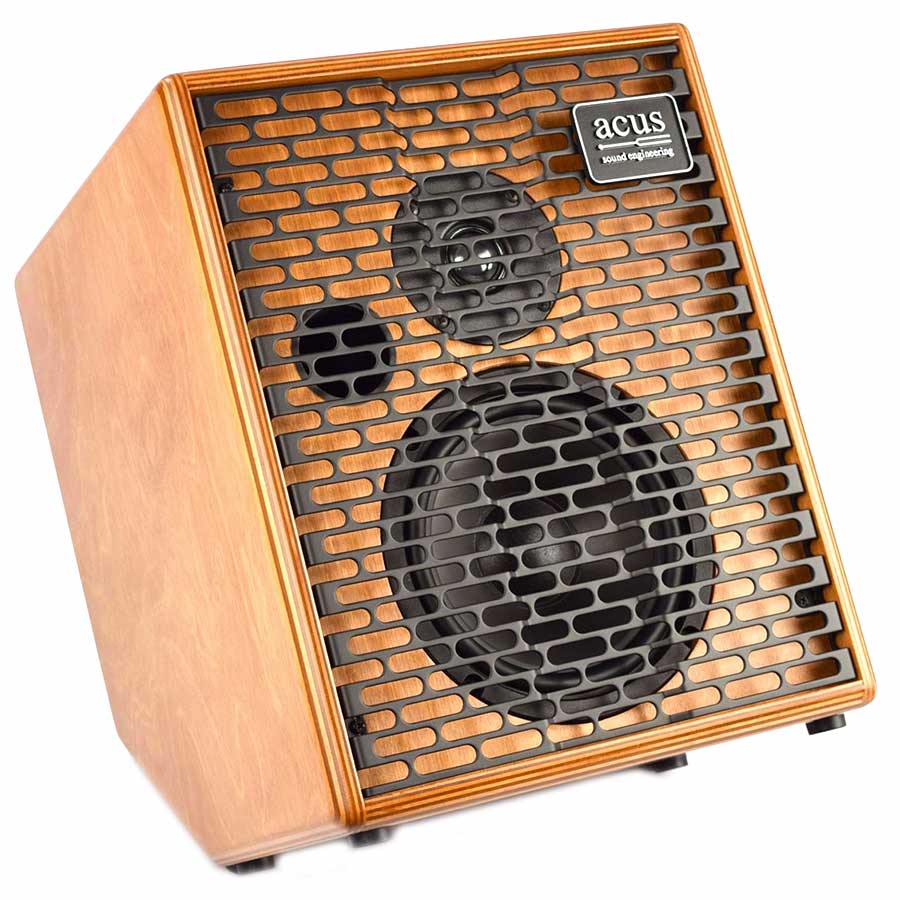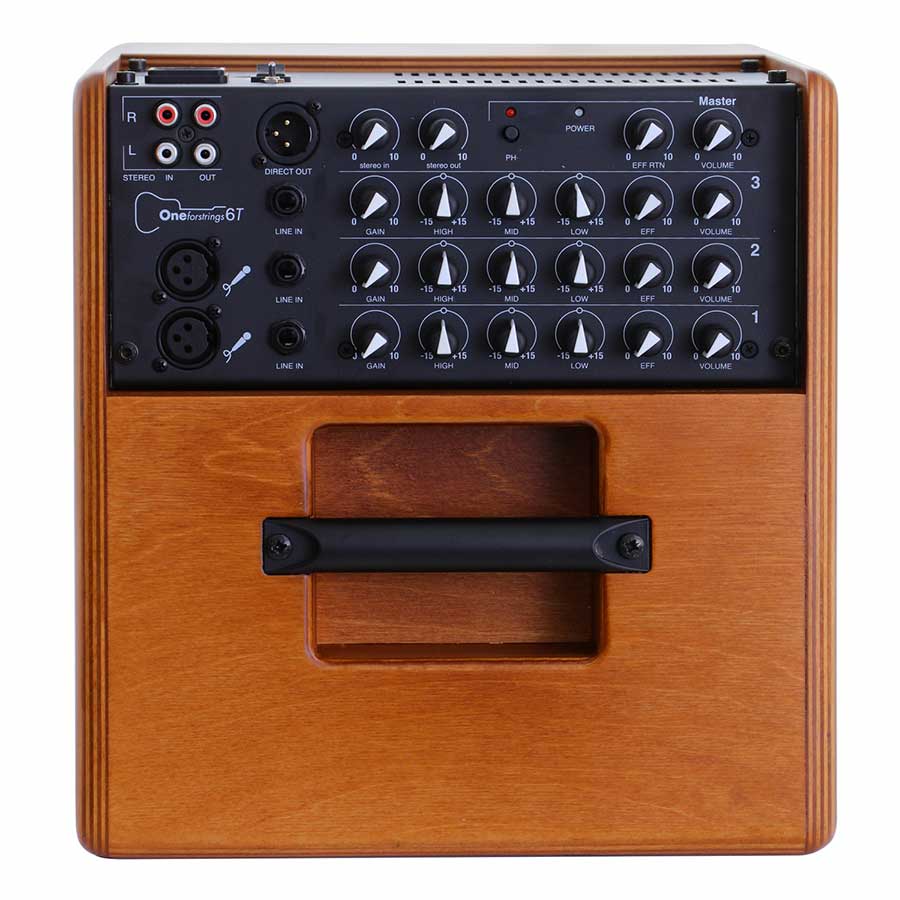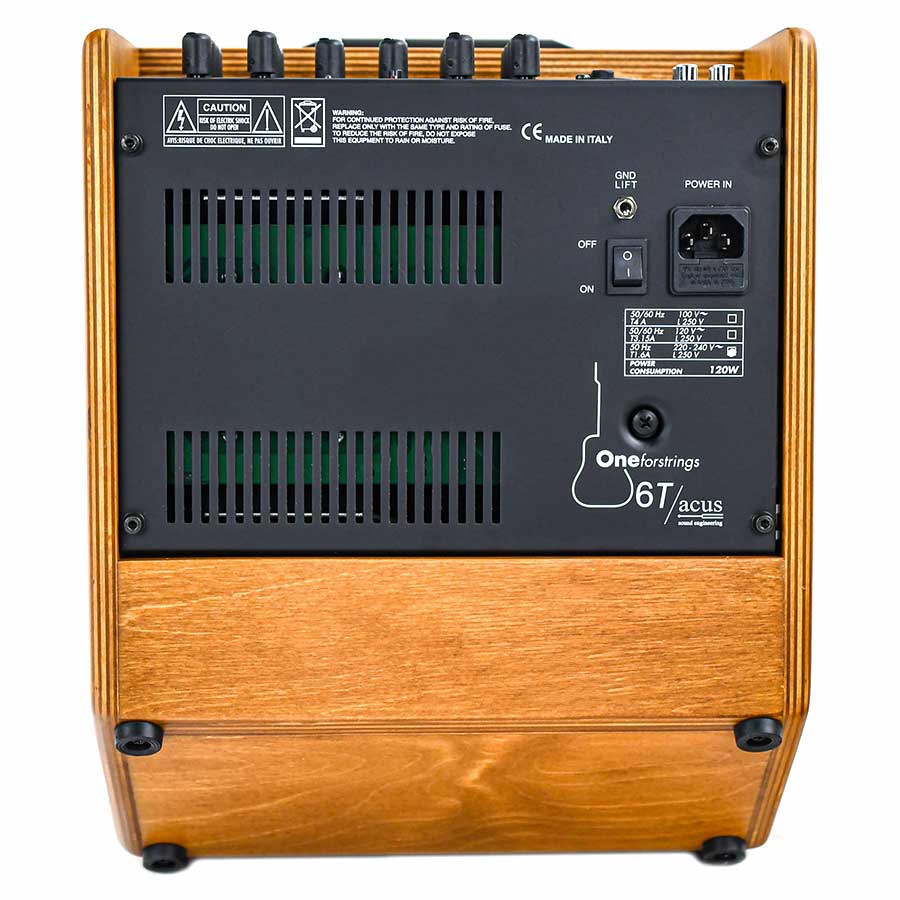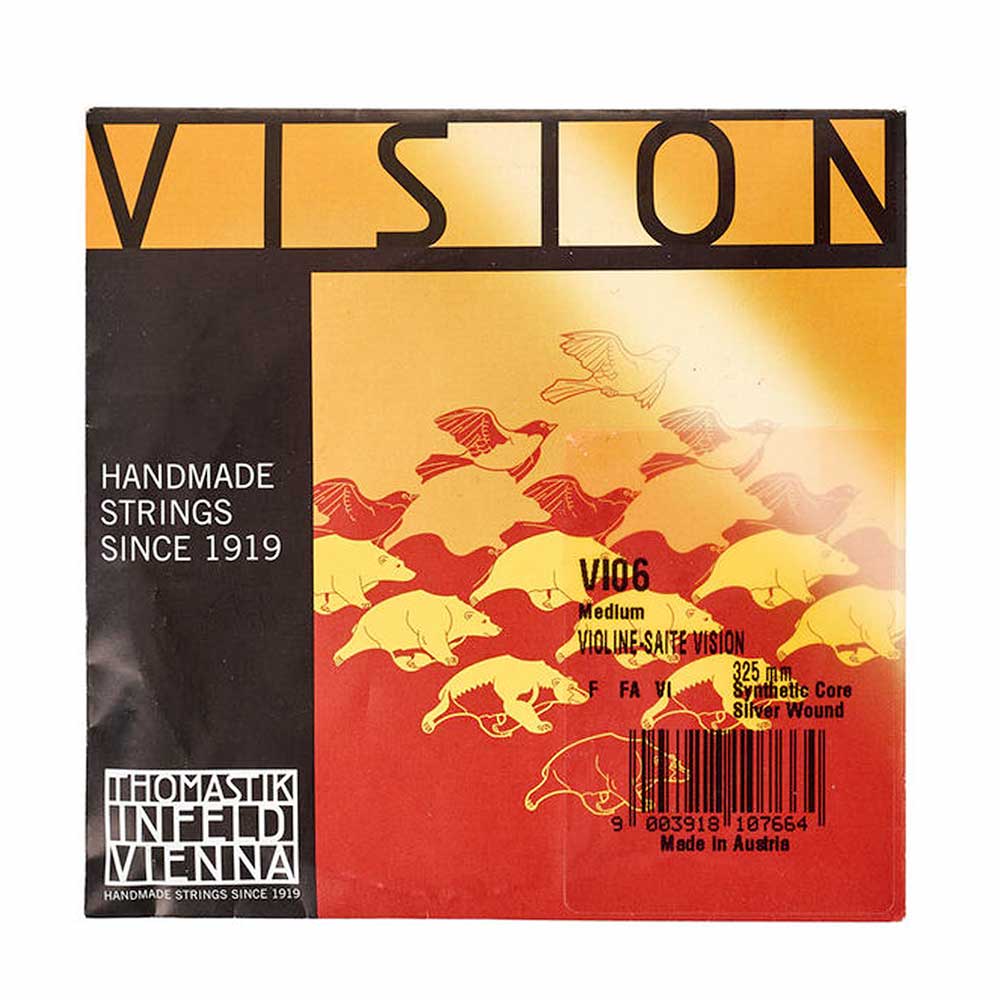What is the wah?
The wah pedal is used in combination with electric or amplified instruments to transform the sound played into a sort of voice that utters the syllable “wah” with each back and forth movement of the foot on the pedal. It became famous for the way Jimmy Hendrix used it (see the video below). Since then, it has been found on most musicians’ pedalboards!
Origins and history of the wah
The origins of the wah: wind instruments
The “wah” effect was introduced in the 1920s by trumpeter Clyde McCoy, who discovered that it was possible to generate a kind of wail by using a mute. The mute fits tightly into the bell of the trumpet. By moving it in and out, the trumpeter affects the opening of the tube of his instrument, which generates different sounds. This effect was used by other trumpeters and trombonists, but its use was limited to wind instruments.
The invention of the wah pedal
The first wah pedal was created by the American company Thomas Organ Company, which distributed Vox amps made by the British company Jennings Musical Instruments. The credit for the creation of the first wah is still a matter of debate, as other attempts seem to have been initiated before. But it is difficult to verify these facts since the effect was not yet fully acknowledged.
Assuming that its origin is linked to the Thomas Organ Company, the first wah pedal came from the adaptation of the “Vox Super Beatle” amp designed by engineer Dick Denney. The amp was originally created to capitalize on the partnership between Vox and The Beatles. In 1964, the band appeared on the Ed Sullivan Show, a popular American entertainment show with millions of viewers. That day, right next to John Lennon and Paul McCartney, there was a Vox amp. This kind of exposure changed the status of the brand! Hence the desire to capitalize on this event by producing an amp bearing the name “Beatle”. This amp featured a midrange controller known as the Mid Range Resonant Boost (MRB).
The Thomas Organ company was working on new transistor amps in an effort to limit the high cost associated with tube amps. They asked a young engineer, Brad Plunkett, to take on the project.
To keep production costs down, Brad Plunkett decided to replace the MRB with a simple potentiometer paired with an electronic circuit. He noticed that by turning the knob of the mediums of this circuit, it was possible to produce a strange sound resembling the cry of a baby. Brad Plunkett decided to integrate his midrange system into an effects pedal. Guitarist Del Casher joined the project, and suggested using a foot-controlled pedal. The original format was a pedal with knobs that you turned with your hands. But when you play guitar, you use both hands. He replaced his first container with an electric organ volume pedal. This gave birth to the first wah pedal.
How does the wah work?
The way a wah pedal works is quite simple. Actually, its principle has hardly changed since its creation. It uses a bandpass filter that lets the low frequencies pass and transforms the high ones. This filter amplifies the resonant peak of the frequencies and shifts it.
The change of the spectrum is done by an up and down movement of the foot on the pedal. Pressing the pedal down boosts the perceived frequencies, releasing it brings back the original frequencies. It is this change that causes the characteristic sound of the wah.
The principle of the auto-wah
There is an effect called the auto-wah. It produces the exact same “wah” sound except that the effect is not controllable using the foot. It is automatically triggered by the attack on the notes.
The popularity of the wah
One of the first wah pedals was used and tested by guitarist Del Casher. The first famous artist to use it was Frank Zappa, whose sound engineer worked with Vox. So, he had access to a wah pedal as soon as it was launched. But the wah didn’t reach its peak until Jimmy Hendrix added it to his pedalboard and took it into the effects hall of fame at his Woodstock concert in 1969. Later, he also included it in several of his songs, including Voodoo Child.
Thanks to the use that Jimmy Hendrix made of the wah, it became a key element in the rock scene of the 70s. It was made available by the vast majority of manufacturers in either a classic, enhanced or signature format. The wah has been used by many artists including Issac Hayes, Eric Clapton, Miles Davis, David Gilmour, Jimmy Page and Stevie Ray Vaughan.
It has also been used to generate other sounds, as Pink Floyd did in the song Echoes. David Gilmour plays with his guitar a shrill and high-pitched noise resembling the cry of a seagull. This is generated by plugging a wah pedal backwards.
Wah and bowed string instruments
As bowed string instrument makers, let’s discuss some tips for using a wah pedal with an electric violin or cello.
Learn how to use a wah pedal
When you’re first starting out, the biggest mistake is thinking that you can just move your foot to get the wah effect. Sure, you hear a wah effect, but that’s not enough. That’s very restrictive! You can do so much more with a wah.
The wah: an expression pedal
The wah pedal is an expression pedal. Pressing it is not enough to obtain the desired effect, unlike other effect pedals. You have to learn how to control it. You have to understand the sound it is capable of producing and how it produces it. Likewise, you need to have good coordination between your foot and your two hands. Each of these elements has a key role in playing. Their movements and positions will affect the sound you hear at every moment. Changing the frequency and intensity of the pressure also changes the sound.
The wah is more interesting when played with a bow than when played with a guitar, because the complexity of the sounds produced with a bow allows for greater expressiveness. It works very well for rhythmic accompaniment bases created using chops. By alternating the position of the pedal (up/middle/down) between one or more chops, you can create a rhythmic base containing different tones.
Read our electric violin buying guide.
Some exercises to get started
The wah pedal can definitely be linked to the rhythm. To get started, we recommend working on scales while coordinating your foot movements on the wah pedal. This allows you to work on the coordination between your hands (what you play) and your foot (the wah pedal movement) while relying on the rhythmic base imposed by your scales. To complicate things a bit, try to make two or three back and forth movements between each note. Then two movements for one note, three for the next, two for the next, three for the next, etc. Controlling the pressure on the pedal is important. It is also possible to practice by varying the position of the pedal (high/middle/low) between each note. For example, low position for the first note, middle position for the next, etc.
Once the coordination between hands and feet is obtained, it is worth moving on to another step: replacing the vocals using the instrument and the wah. Choose a song, maybe one verse of a song to start with, and try to replace the singer by playing what he sings but transforming it with the wah to simulate the intonation of his voice.
Combining it with other effects
The wah combines very well with other effects such as distortion. Jimmy Hendrix started this trend! The combination between some effects and the wah are sometimes amazing. It definitely deserves that every player spends some time on his pedalboard to try it with different effects chains. It can be used in a normal way (moving the foot back and forth on the pedal) as well as leaving it half open to transform the frequencies. Likewise, it delivers different results depending on its position in the pedalboard. Dozens of tests can be performed by placing it before or after other effects and by playing with its angle.
When should I use the wah on stage?
Most musicians, whether they are violinists or guitarists, use it to take the lead during a solo. This is because with the wah, you have the possibility to make the instrument “sing” and thus to be both musician and singer. Obviously, you won’t completely replace a singer, but it really adds a special touch. It is an effect that highlights the musician!
Sources and images: Hotone Audio, Jimmy Hendrix, Brad Plunkett, Del Casher, Voxshowroom

